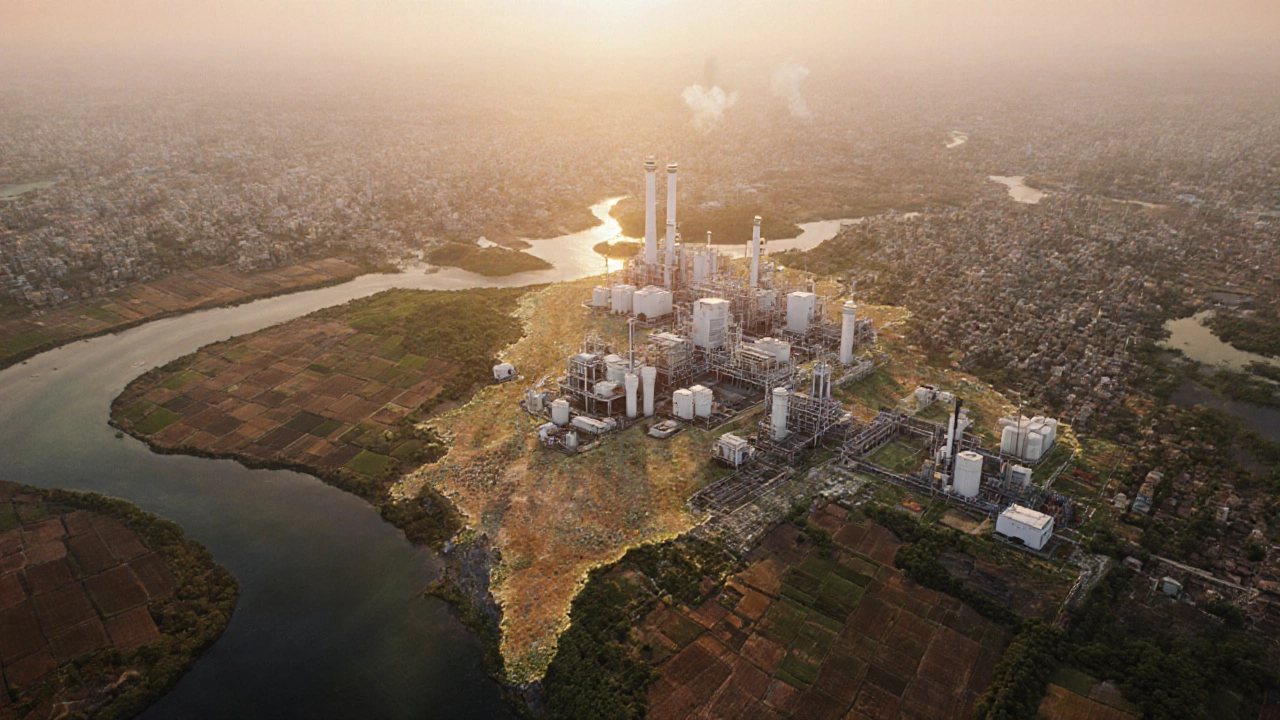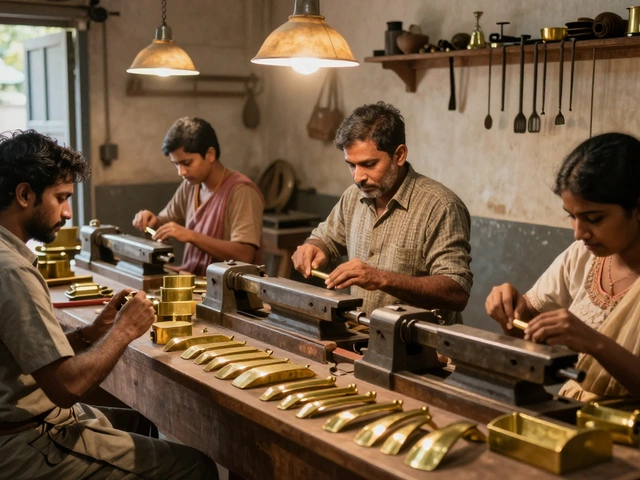Pharmaceutical Companies India – What You Need to Know
When looking at Pharmaceutical Companies in India, companies that develop, produce, and market medicines within the Indian market. Also known as Indian pharma firms, they drive health solutions for millions of people across the country and abroad. In plain terms, these firms turn chemistry into cures, supplying everything from OTC pain relievers to high‑tech biologics.
One key player that often shows up in the conversation is the Richest Pharmaceutical Company, the firm with the highest market value and revenue in the sector. In 2025, that title belongs to Sun Pharma, whose turnover topped $20 billion, making it a benchmark for profitability and scale. Understanding how Sun Pharma grew helps you see what it takes to thrive in a highly regulated market.
Another entity you’ll hear a lot about is the Largest Pharma Hub in India, the region that hosts the most manufacturing capacity and R&D activity. Baddi, Hyderabad, and Gujarat each claim a piece of the pie, but Hyderabad leads in API (Active Pharmaceutical Ingredient) production and biotech research. Knowing where the hubs are lets you pinpoint supply‑chain opportunities and talent pools.
Speaking of APIs, API Manufacturing, the process of creating the active chemical components used in drugs is the backbone of the industry. India’s API output grew 12% last year, feeding both domestic formulators and global exporters. Strong API capabilities mean faster time‑to‑market for new drugs and a competitive edge in cost‑sensitive markets.
How These Pieces Fit Together
Pharmaceutical companies in India encompass drug formulation, API manufacturing, and final product packaging—all under strict regulatory oversight. The sector requires compliance with CDSCO guidelines, GMP standards, and often international certifications like US FDA approval. When a company meets these standards, it can tap into export markets, boosting the nation’s trade balance.
Regulatory compliance influences everything from plant design to quality testing. For example, a manufacturer in Gujarat must invest in clean‑room technology and regular audits to keep its export license. This investment raises the barrier to entry, but it also ensures that Indian medicines meet global safety expectations.
Innovation plays a huge role, too. Companies that partner with research institutes in Hyderabad can access cutting‑edge biotech platforms, speeding up drug discovery. Meanwhile, firms in Baddi focus on scaling bulk drug production, benefiting from lower land costs and a skilled workforce. These regional strengths create a balanced ecosystem where discovery, development, and delivery all happen within India.
Financial health is another driver. The richest pharmaceutical company shows how scale can bring negotiating power with raw‑material suppliers and lower per‑unit costs. Smaller players often latch onto these advantages through contract manufacturing agreements, allowing them to focus on niche therapeutic areas without huge capital outlays.
All this means that when you explore the articles below, you’ll see a mix of topics: cost breakdowns for starting a pharma factory, deep dives into the biggest waste in manufacturing, and rankings of the richest firms. Pharmaceutical Companies India is a dynamic field, and the posts cover everything from startup budgets to the latest export trends.
Ready to dig deeper? Below you’ll find curated pieces that unpack costs, growth hotspots, and success stories, giving you practical takeaways whether you’re an investor, a budding entrepreneur, or just curious about the industry’s future.
How many pharma manufacturing companies are there in India?
India hosts roughly 12,400 licensed pharma manufacturing companies in 2025, with most located in Maharashtra, Gujarat and Karnataka. The article breaks down types, sources, and how to verify the count.
Read More




